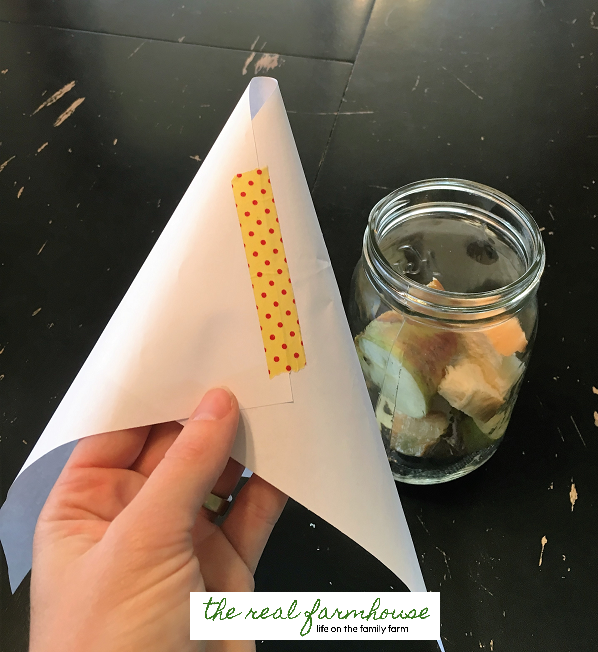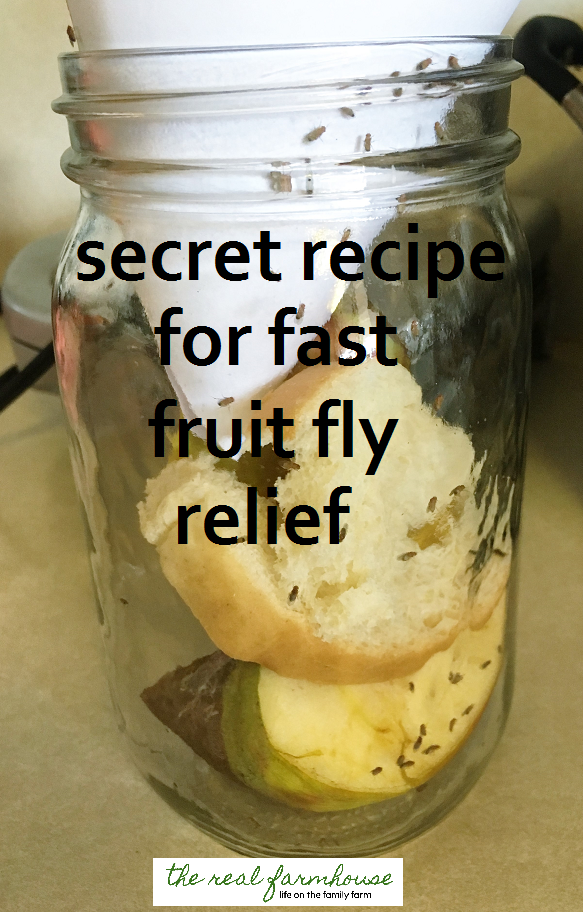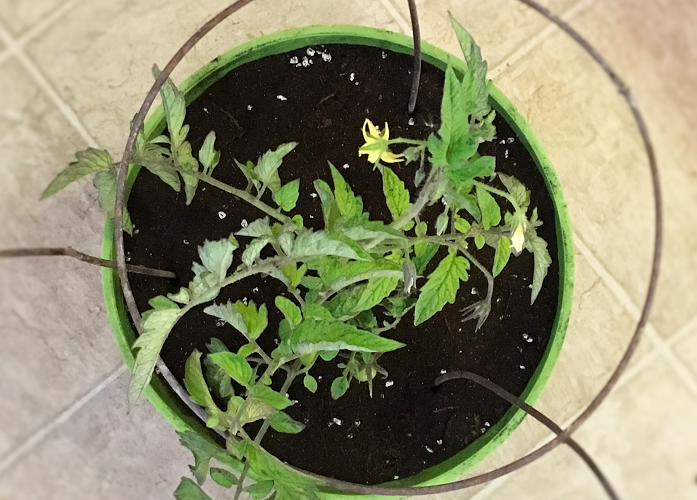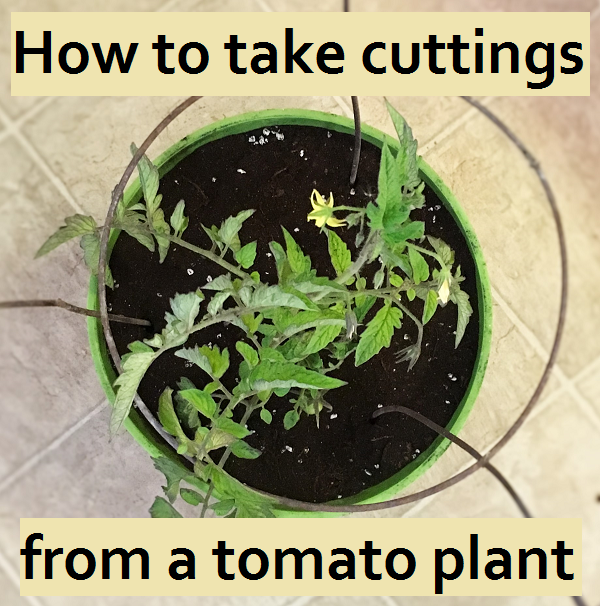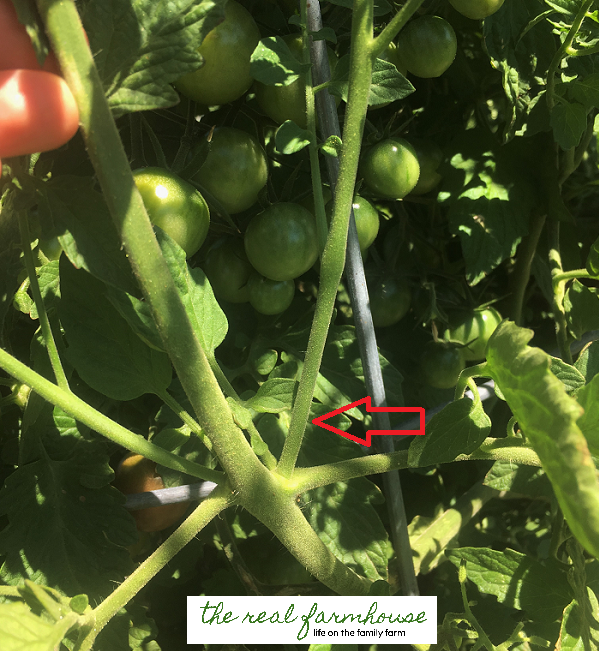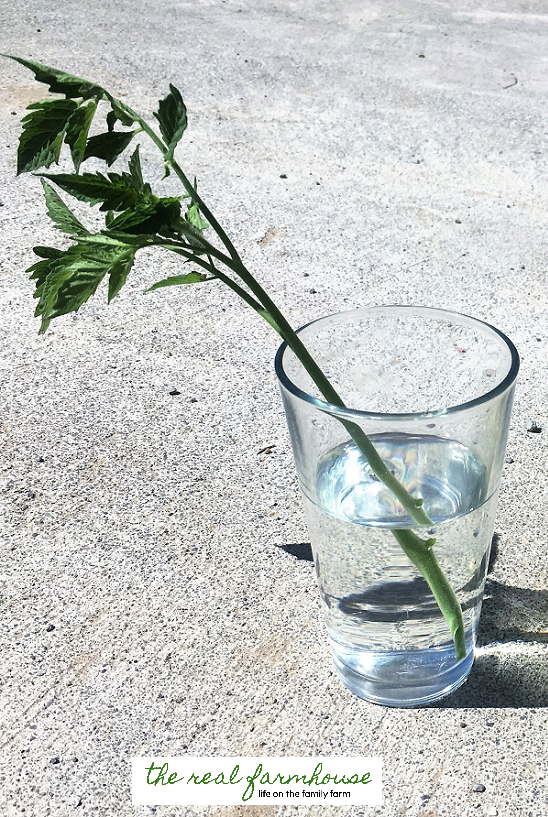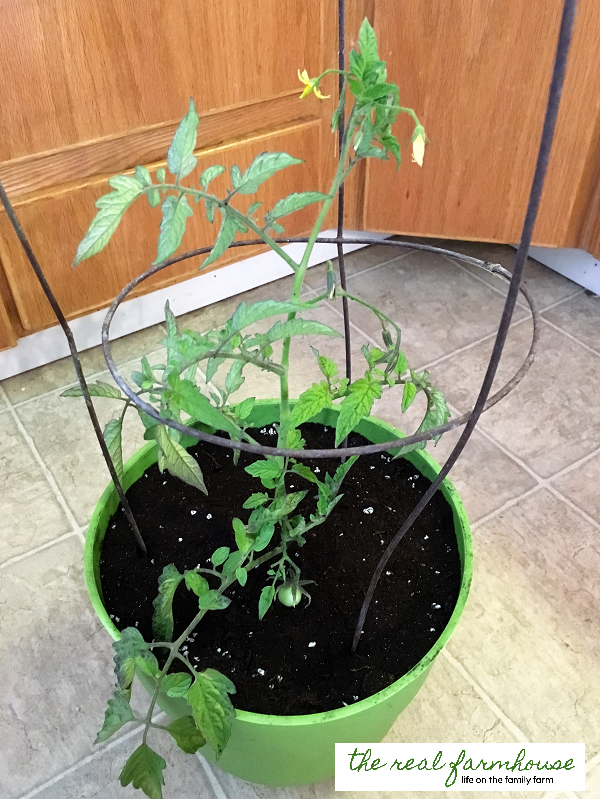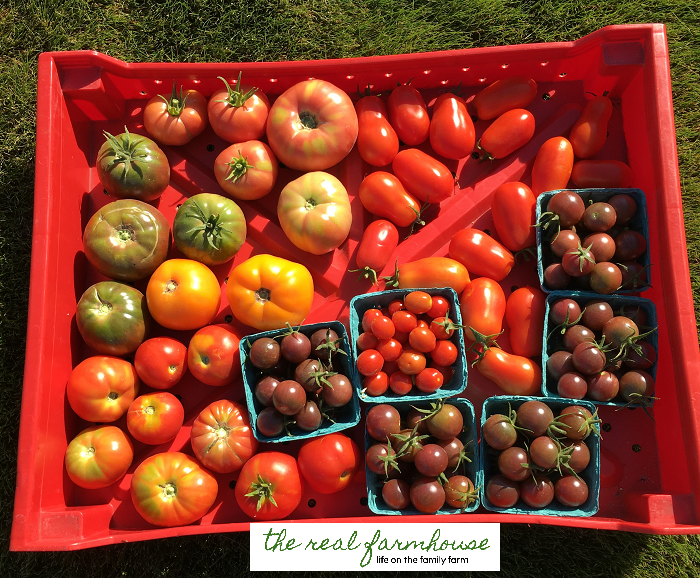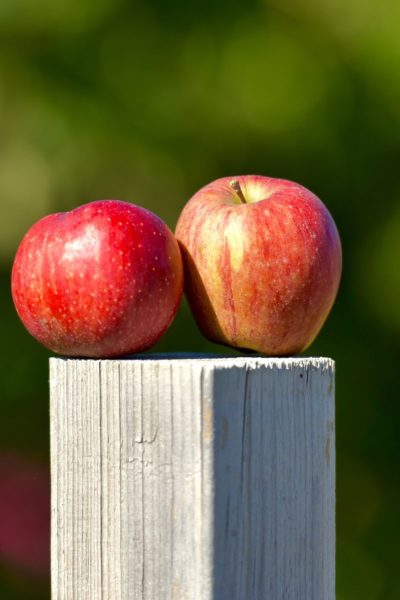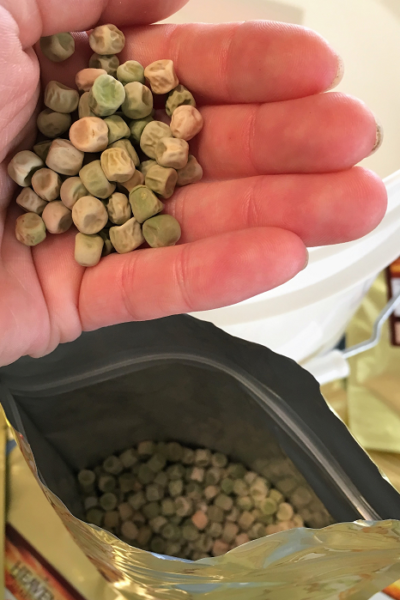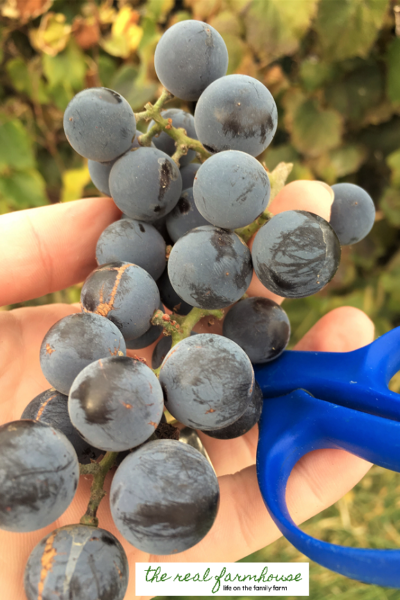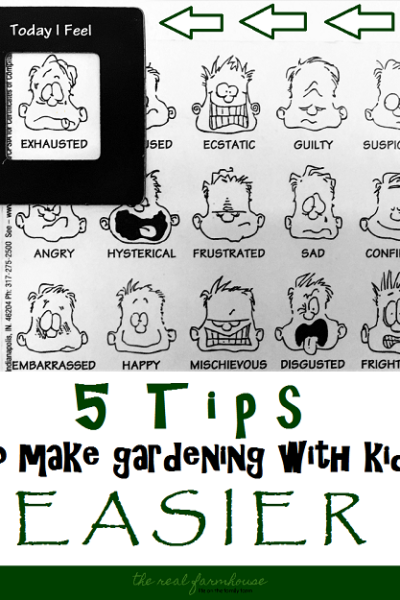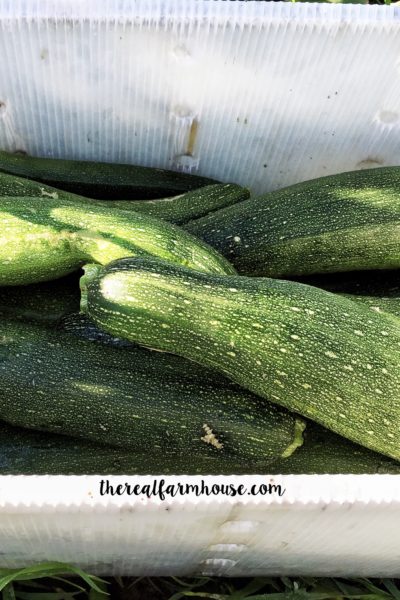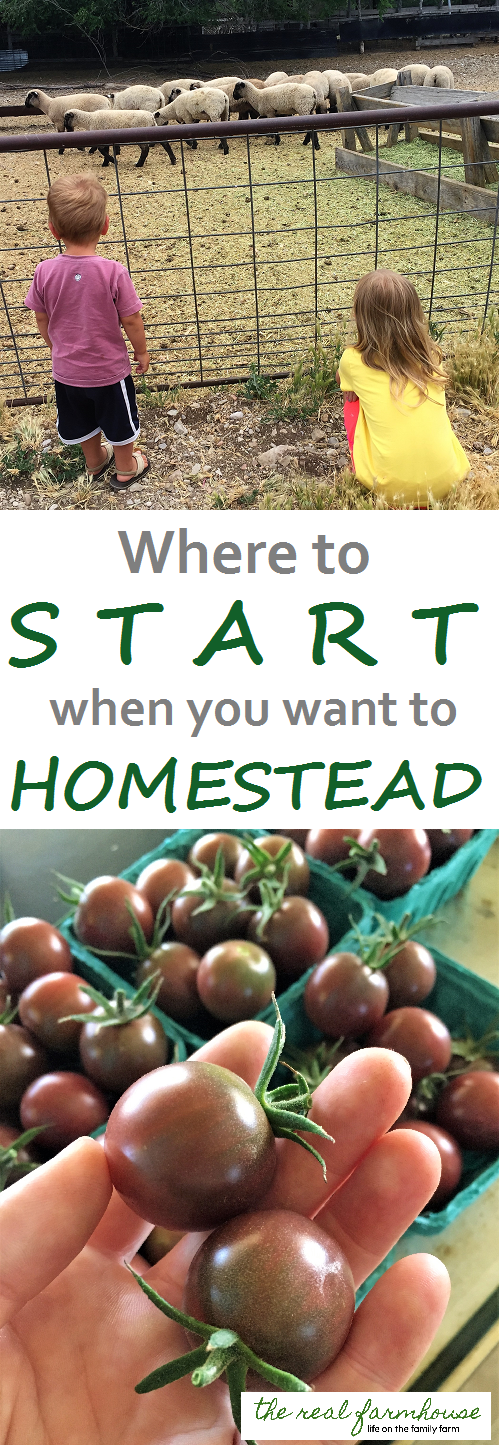
It always confuses me when people talk about homesteading being an expensive hobby. First off, one of the reasons Farmer and I started homesteading was to SAVE money. And second, it’s hard for me to think of homesteading as a hobby. Does anyone just homestead in their free time? I don’t know anyone that does. Everyone I know homesteads as a lifestyle, not as a game to play on the side.
Now on the other hand, yes I can see how certain homesteading practices can be expensive to get started. In some instances solar is very expensive. Buying land for animals is very expensive. Gardening tools and materials can be spendy. But what some people don’t see, is that many ways to homestead cost little or no money at all.
So I was thinking of some of the things Farmer and I did, to start homesteading, when we had $187 to our name. Yes, that is an exact number! I remember it so well, because I was pregnant … and I freak out about a lot more things when I am pregnant. Like that time Farmer came home from work and told me I was doing the laundry wrong …… oh man, I can’t even tell you that story because I am so embarrassed about how I reacted. Anyways ….
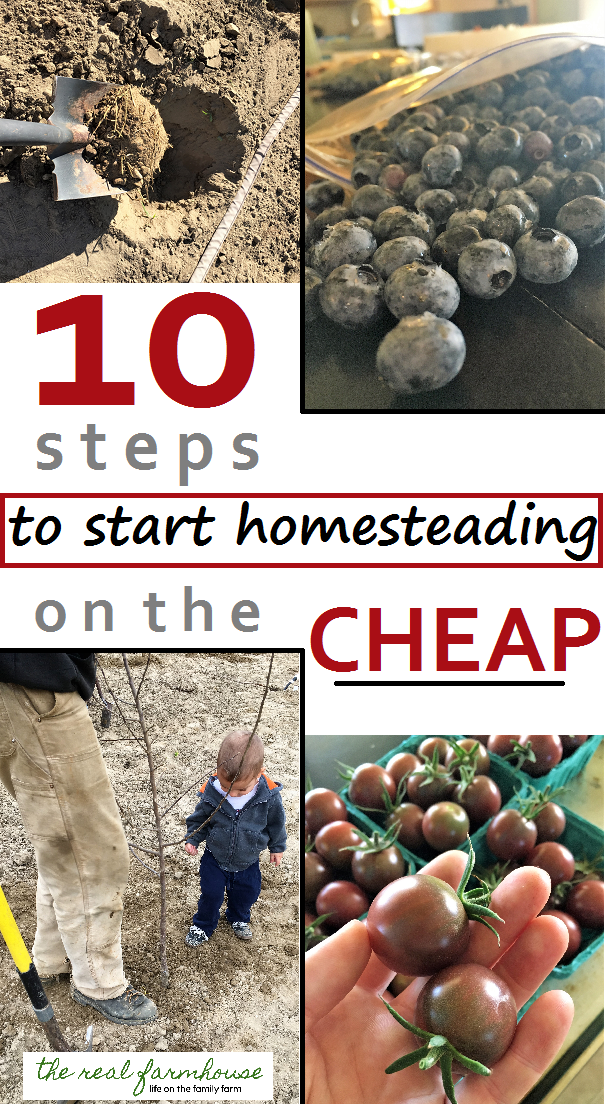
1. Simplify your life. This would be the first thing to do when you want to start homesteading. Sometimes we get caught up thinking we always need to be doing more, when in fact doing less but doing it really well, is a much better (and cheaper) way to go. Is there anything in your life that is draining your time, energy, and money that you could eliminate or cut back? Maybe your kids are signed up for a few too many activities. Maybe you are a member of a book club, have a side hustle, go to the gym every day, and volunteer at the library. Those are all good things, but you can’t always add more and add more, sometimes you need to cut a few things. So if you are really serious about homesteading, realize that it is a time commitment. You will end up frustrated and disappointed if you try to ADD homesteading without taking anything else out.
2. Make homesteading friends. Homesteading is significantly easier if you have some buddies for a lot of reasons. One is that it’s nice to have some support when you need it. If all you ever hear from people is how crazy you are for homesteading, and you don’t have anyone to talk to that agrees with your craziness, you’re going to get burnt out.
Another reason is that it’s nice to partner up sometimes. Let’s say you are really good at growing tomatoes, and you have a neighbor with too many laying chickens. This is a no brainer right? Trading is something that homesteaders love!
Number three would be that you are going to have homesteading questions. The best people to ask those questions are experienced homesteaders in your area. Weather, climate, laws, etc are things best answered by someone who lives right where you do.
And fourth, to save the most money possible, you must borrow things. It’s nothing to be ashamed of, it’s just a smart thing to do. If you don’t have the money to buy something, ask a friend if you can borrow theirs when they aren’t using it. Every year I borrow a canner from my mother in law, a juicer from my aunt, and a dehydrator from my friend. I also had another friend give me her old canning supplies because she didn’t need them after all her kids were moved out. Make friends! Just do it.
3. Start gardening. This is the first homesteading thing I did in my adult life. That might have something to do with the fact that I studied permaculture as a teenager, but still. Dirt is one of my favorite things in the world, that might have something to do with it too.
You can start gardening for about $5 really. All you need is some dirt, sun, water, and a packet of seeds. It DOES NOT have to be special dirt. Contrary to what some people believe, seeds do grow in almost any old soil. You might not have the same size tomato plants as your neighbor who uses miracle grow, but your seeds will still grow. A shovel is handy, but if you don’t already have one you can borrow a friends, or grow a “no-till” garden. If you have literally no piece of dirt/land to grow some seeds in, get creative. Use pots, sign up for a spot in the community garden, or better yet, BORROW a few feet in your friends yard. Seriously, I can’t think of a single homesteader that wouldn’t let you share a tiny piece of their garden if you are willing to take care of it.
If your excuse to not start a garden is money, consider it crossed out. Then check out How we save over $2,400 every year with our garden.
4. Preserve what you grow and what you gather. Preserving food is a dying art. There are a million ways to preserve fruits, veggies, meat, nuts, and everything else. The whole point of it is to save the food you have from going bad and wasting. What better way is there to save money than figuring out ways to use everything that you already have?
The 4 biggest ways that I preserve food are canning, freezing, dehydrating, and cold storage. You can borrow canning supplies, but you will need to purchase canning jars unless you know someone who has extra. You can borrow a dehydrator, though I feel like dehydrators pay for themselves in the first one or two uses honestly. If you don’t have a freezer then you may want to wait on that one since they are hard to find for less than a few hundred dollars. As for cold storage, if you don’t have space in a basement or under your house, you can literally dig a hole in the ground.
Don’t think that you can’t preserve food if you don’t grow a large garden. More than half the food that I preserve comes from somewhere other than my own yard. Check out this post on How to get free produce to learn how I get food to fill my freezer and my canning jars every year for free.
If you aren’t preserving, you are probably wasting. Which can be the same thing as tossing dollar bills in the garbage can.
5. Learn to sew. Sewing is not an all or nothing activity. You do not have to sew all of your kids clothes to save money. Every little bit counts. If you don’t own a sewing machine, that’s okay. Although it is easier and faster with a sewing machine, you can start out with small things that only require a needle and thread. Take for example mending your husbands pants instead of buying new ones. How about letting out the hem to your growing sons pants so they fit for a few more months.
To me, sewing and mending is one of the best examples of “making it work”. It is an incredibly valuable homesteading skill that saves you money. Make it a goal to learn at least basic sewing skills.
6. Get starts from other people. Growing things is a big part of homesteading, whether that is plants, animals, or a family. Plants and animals cost money. But almost everything that grows, is multiplying and growing more. Plants send up shoots, drop seeds, or re-root themselves. Animals have babies. Instead of buying everything you need to grow plants or raise animals, get your “starts” from your friends and neighbors.
Ask your friends what things they have extra of, or what things are always producing more then they need. Here are a few examples of things that are all over the place where I live:

- Raspberries- they send up new shoots every year, and gardeners just rip the new ones out.
- Strawberries- they re-root themselves wherever the vines touch the ground, creating a new plant.
- Willow trees– easiest tree to root, just cut off a baby branch and stick it in water
- Sunflowers- produce about a million seeds on each flower, grab a dead one at the end of the season from your friend and sprinkle the seeds in your yard.
- Quaking Aspen trees- send up tons of baby trees all around it. That is why they are usually “groves” of aspen trees.
- Ground covers- They spread everywhere guys. Just hack off a corner plant and drop it in the dirt at your house.
- Potatoes- You know when you forget you had a bag of potatoes downstairs and it starts growing? Stick them in the dirt, they are alive!
- Grapes- fill a bucket with dirt, and pop the tip of a grape vine (still attached to the mother plant) down in it a few inches. Water it for a few weeks and it will root.
- Herbs- some herbs bunch up and fill in really well like thyme. Taking starts is as easy as digging up part of the plant.
- Chickens- I have had many friends try and drop off their chickens and roosters at my house. That’s free meat and eggs guys!
7. Plan ahead. I am a procrastinator to the extreme. I know I am, and I try to fix it, but the fact is that I will probably struggle with it forever. When it comes to homesteading, procrastinating costs you money, time, and problems. Make lists, have a calendar, plan meals, draw out your garden. The more you plan, the better you can manage your time, and the more money you will save.
Let’s look at an extreme example: think about what a difference it would make if you were to plan out an entire year of meals. I have never heard of anyone doing this, but humor me for a minute. You could plan out your garden for exactly what food you would need to grow. You would know how much of each thing you needed to preserve. And you could save a ton of time always having things ready for your meals. Now I know that was an extreme example, but if you fall anywhere in the middle, you are still on your way to some pretty great homesteading, planning ahead, and saving money. And that goes for anything, not just food. Plan ahead what tools and supplies you will need for the whole year. You could be asking friends early on, or keeping your eyes out for those things at the thrift store. Think about it.
8. Cheap chickens. I call them that because they are. Farmer and I started our chicken adventure with $26. We built a little house out of scrap wood, and we kept them in a box in the laundry room before they were big enough to live outside. The baby chicks cost us $16 for 8, and a bag of starter feed cost $10. We let them free range after that. Cheap, cheap, cheap. And they are an easy animal to start out with if you don’t have any experience.
9. Compost. Starting a compost pile doesn’t cost a dime. Just start throwing everything compostable into a pile, and water and churn it every once in awhile. Composting is not a complicated thing and it’s really hard to get it wrong. But the benefits of having your own compost is a more productive and healthy garden, and free fertilizer. Add some of the chicken poop from your new chickens to your pile and you will really have some black gold.
10. Quit buying things you can’t afford. Part of homesteading is being frugal. The easiest way to blow through money is to buy things you can’t afford. I say that because when you put things on payments, you end up spending way more money on something just because you couldn’t wait a few months. Make a rule for yourself that you won’t buy anything unless you have the cash for it. Sometimes that means waiting awhile yes. But there are more benefits to that habit than just saving money. Peace of mind, better relationships with your family, and more trust from the people you have money dealings with are some of the ones Farmer and I have noticed.
Homesteading is a big commitment, but absolutely worth it in my opinion. It’s empowering to become more self-sufficient. It’s stress-relieving, (scientifically proven) to grow a garden. Homesteading also saves a lot of money, if you do it the right way. For example, check out How we save over $2,400 every year with our garden.
Follow my 10 steps and you will be homesteading like a champ, and all for just a few bucks out of your pocket. Farmer and I did it, and so can you!
~Farmer’s Wife
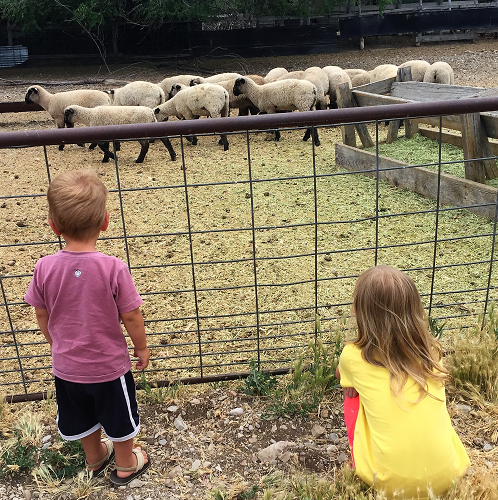
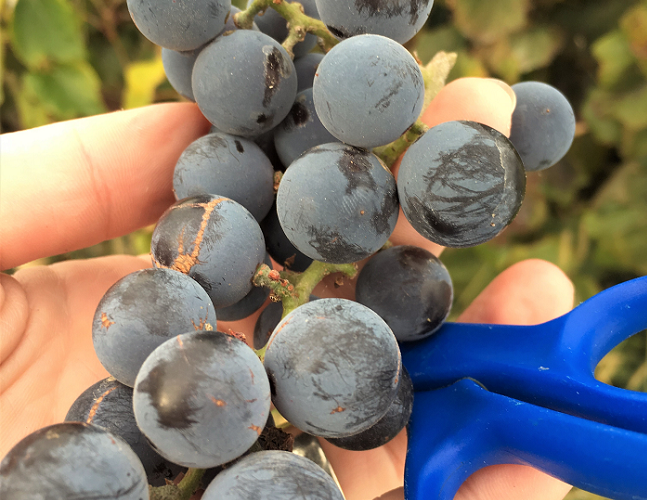


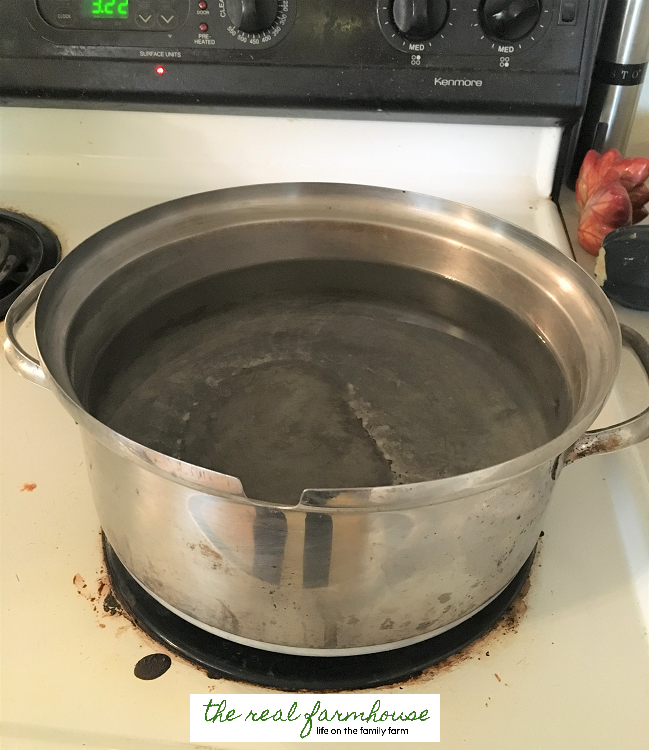
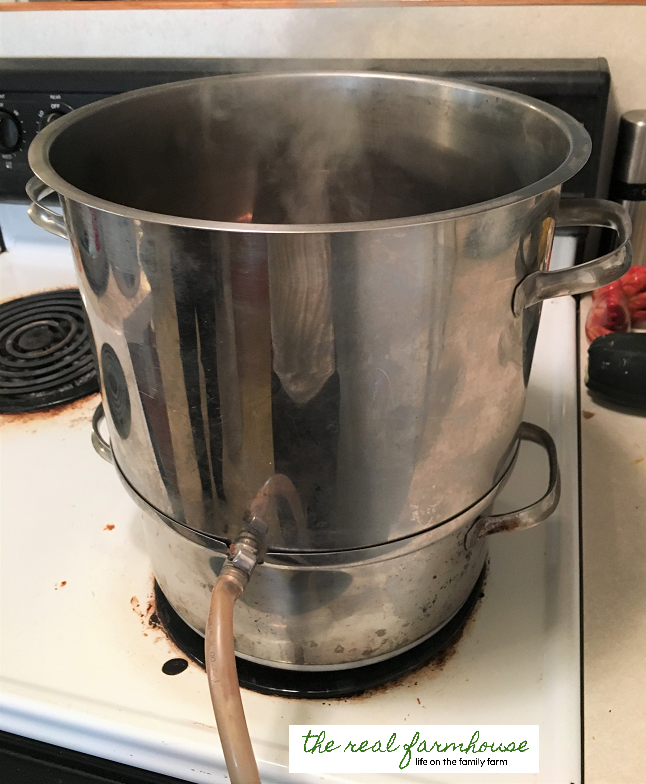
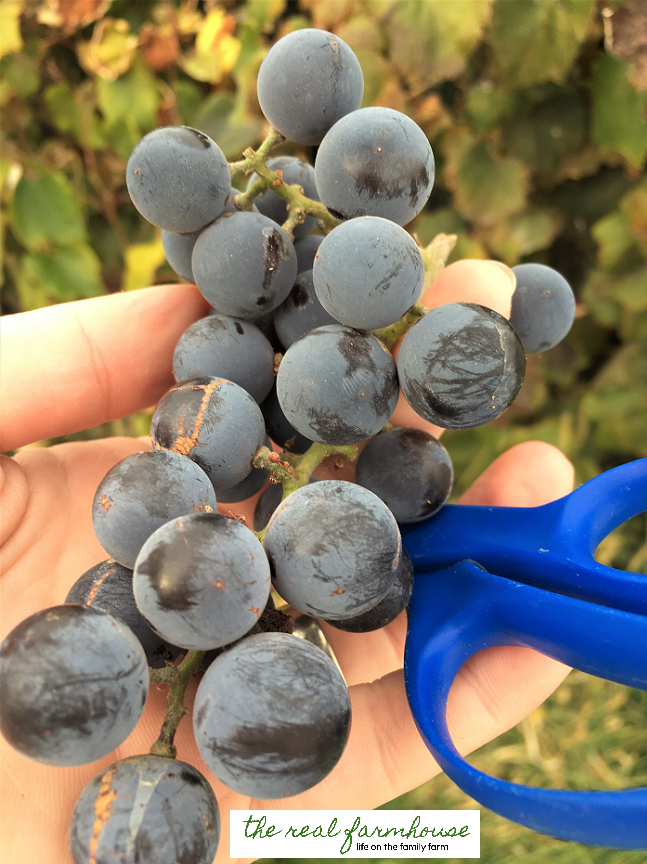 I use a big popcorn bowl and fill it heaped as high as I can, and it does about one batch of juice. If you pick the grapes off the stems, you will fit more into the juicer. That means you will end up with more juice out of each batch. However, it doesn’t hurt anything to leave them on the stems while you juice them. You won’t fill as many jars from each batch, but you will also save a ton of time and headache from picking off all the grapes. It’s up to you which one you choose.
I use a big popcorn bowl and fill it heaped as high as I can, and it does about one batch of juice. If you pick the grapes off the stems, you will fit more into the juicer. That means you will end up with more juice out of each batch. However, it doesn’t hurt anything to leave them on the stems while you juice them. You won’t fill as many jars from each batch, but you will also save a ton of time and headache from picking off all the grapes. It’s up to you which one you choose.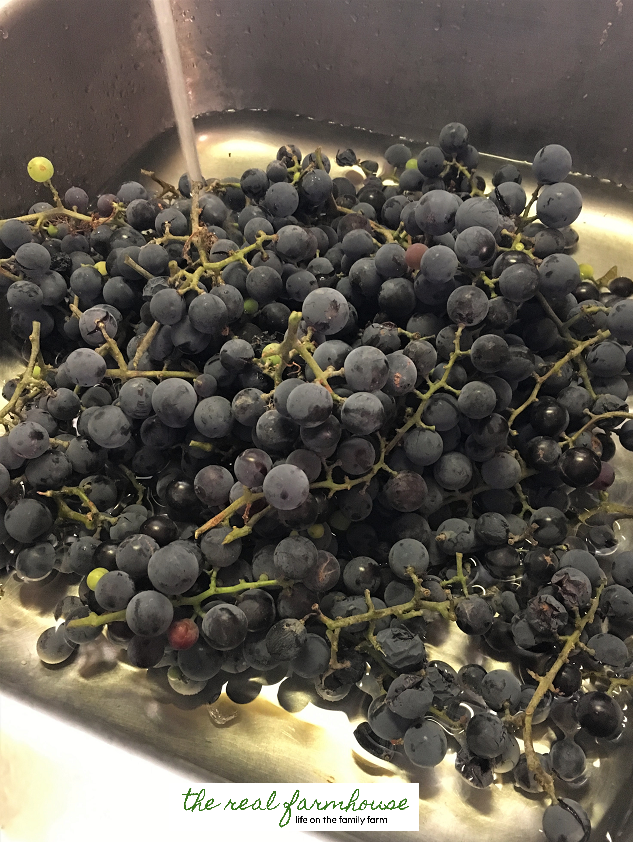
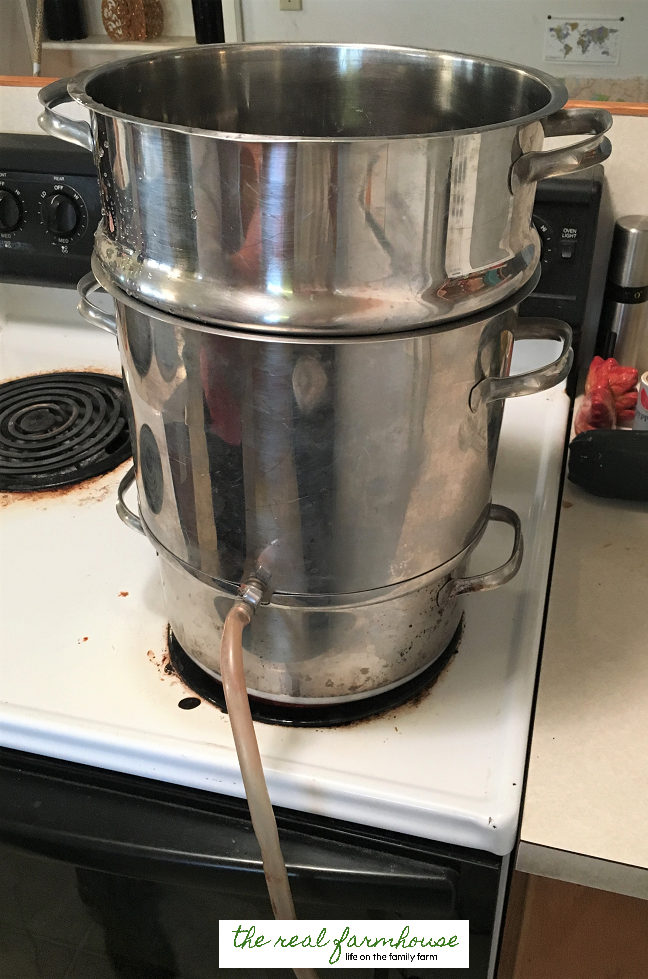
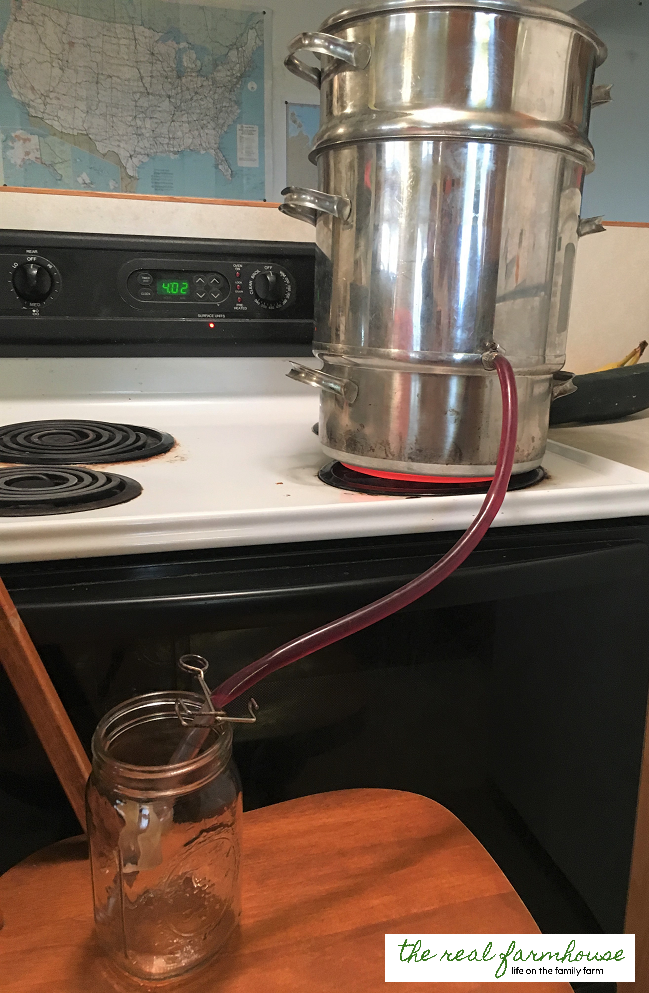
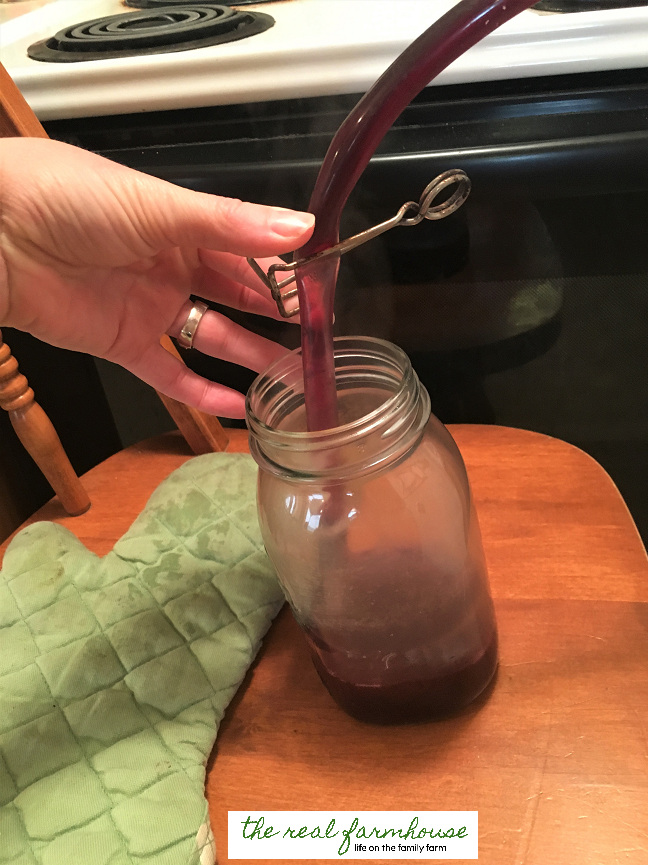 Fill the jar to 1 inch from the top, and place the clamped hose into the next hot jar.
Fill the jar to 1 inch from the top, and place the clamped hose into the next hot jar.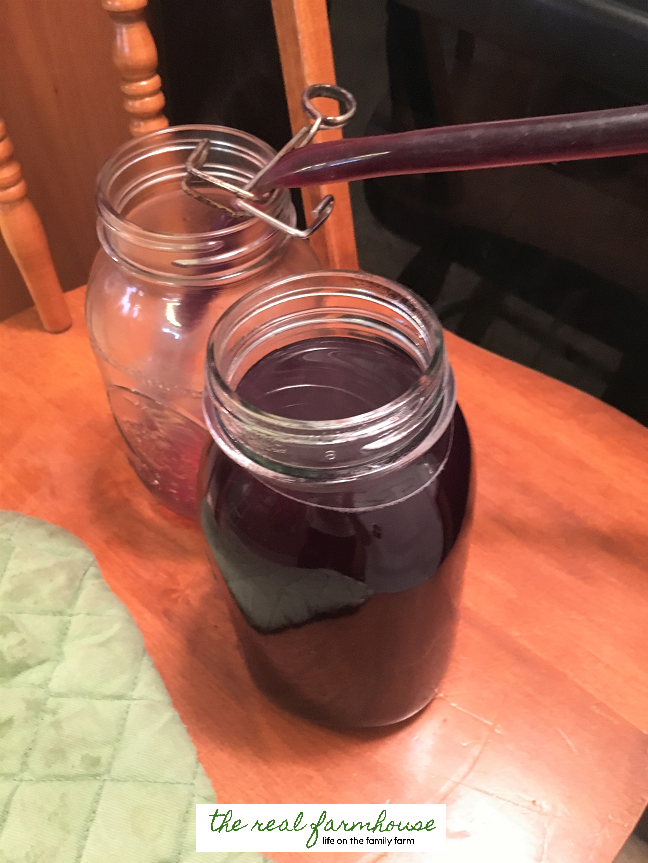 Remove a flat from the boiling water with a fork or a
Remove a flat from the boiling water with a fork or a 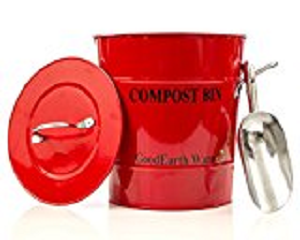


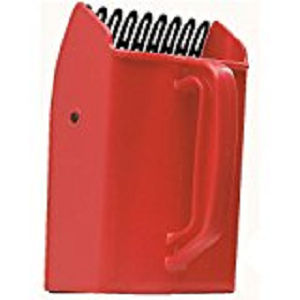


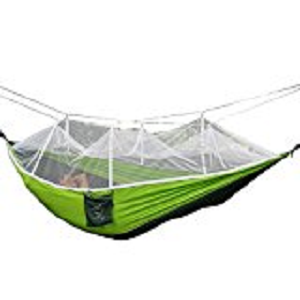
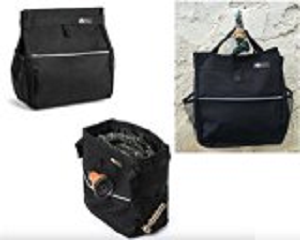
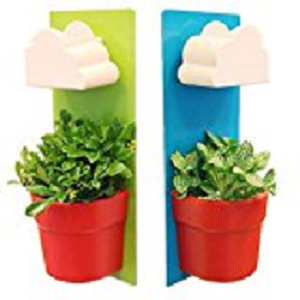



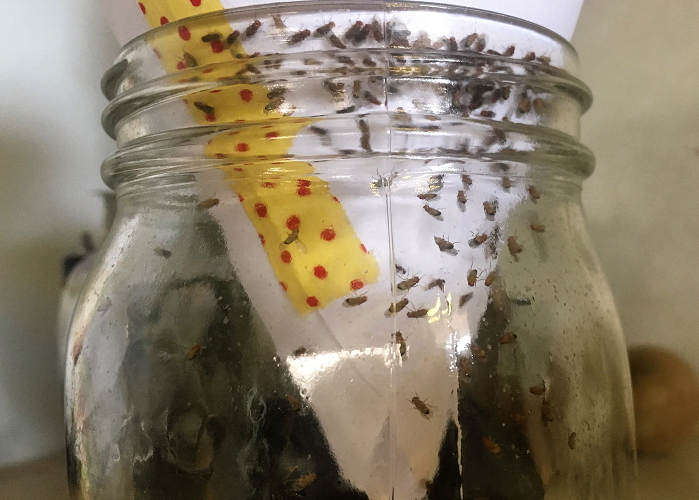

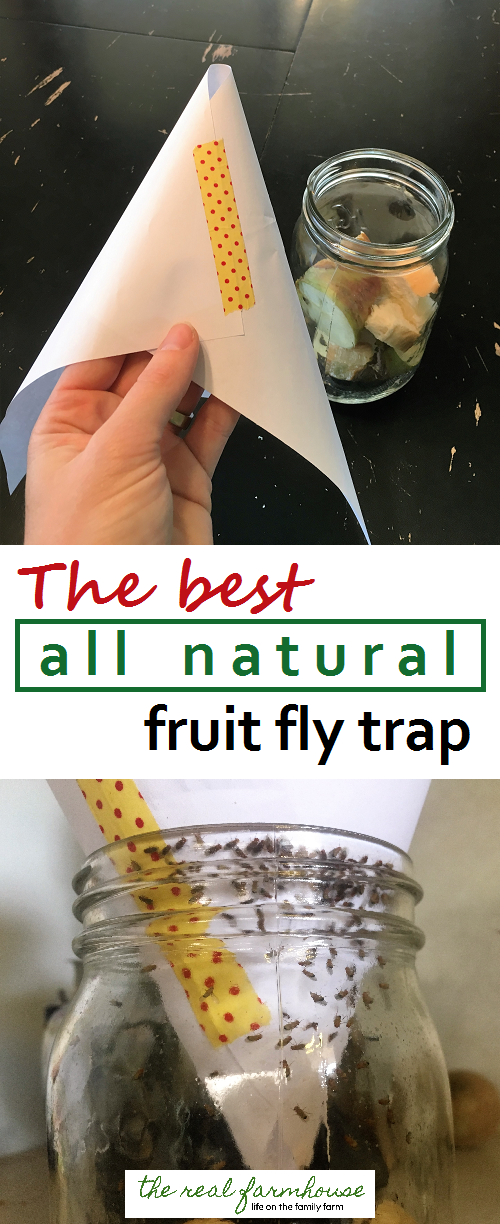
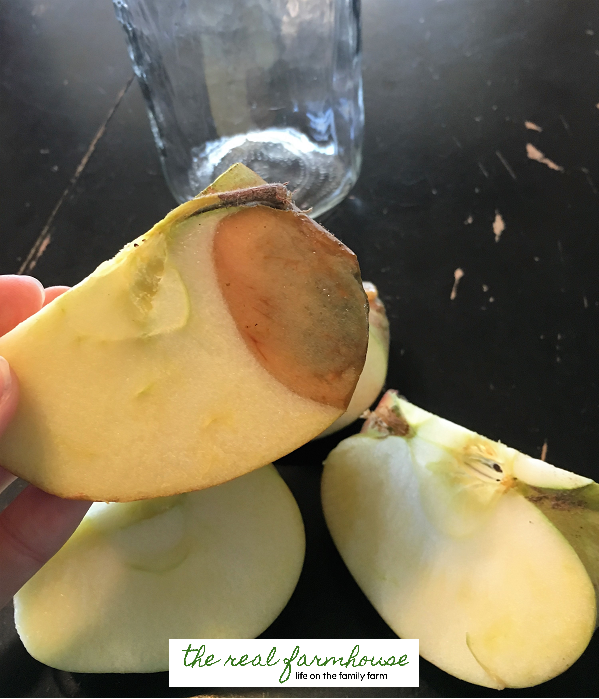 And a soft, fragrant piece of yeasty bread is the best.
And a soft, fragrant piece of yeasty bread is the best.